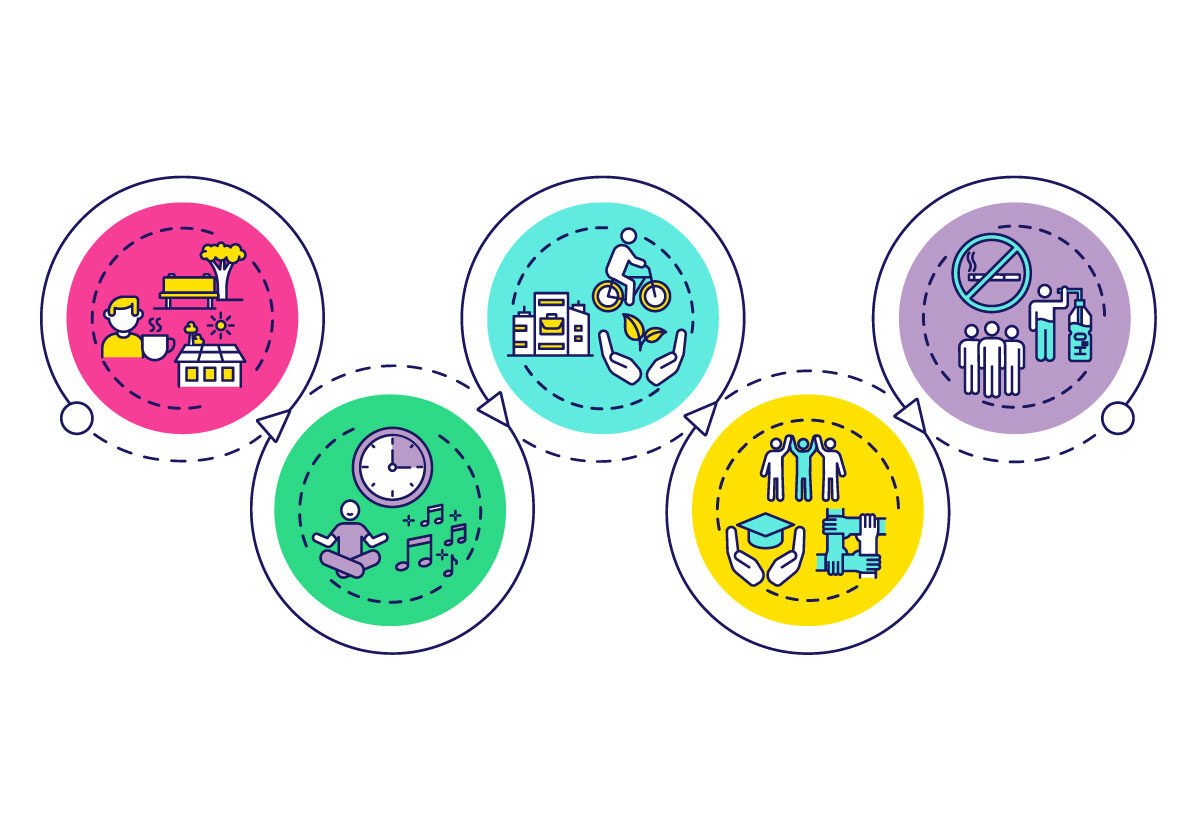Stress has been a buzz word over the past decade, and for good reason.
We used to think that stress was merely a response to danger, and it only helped to prepare your body for a fight or flight response. However, in today’s society, stress is not always induced by physical danger. It can be provoked by workload, financial hardship, family situations, or it can come about for what seems like no reason at all. Everyone experiences stress in their daily lives and it’s certainly nothing to be ashamed of. In fact, stress can actually be quite useful, as long as it is manageable.
Stress can temporarily boost motivation and concentration, ultimately propelling you towards your goals. However, when stress becomes chronic, it can leave you with feeling uneasy, anxious and exhausted. The foundation of stress management is about discovering how we can use our stress to achieve positive results, and how we can reduce stressors that result in negative outcomes.
Mindfulness is a technique that can be used to minimize stress. Mindfulness is the psychological process of bringing attention to experiences occurring in the present moment. Stress is often amplified when we start to think of the worst case scenario, or when we focus on negative events in our past. Mindfulness brings our attention to what’s happening in the present, reducing the stress response and facilitating relaxation.
To help you exercise mindfulness, here are a few simple things you can try:
Abdominal breathing
When we’re thinking stressful thoughts, our chest tends to tighten and our breathing becomes shallow and rapid. As a result, our heart rate increases and stress hormones are released. To combat this, practice deep abdominal breathing following these steps:
- Find a quiet place to stand, sit or lie down – make sure you’re comfortable
- Place one hand on your chest and one on your stomach
- Slowly exhale through your mouth
- Slowly inhale through your nose, concentrating on keeping your chest still while expanding your stomach. You should notice a rise and fall of your stomach, not your chest
You can practice this breathing exercise multiple times during the day, or as soon as you wake up in the morning so you can set a positive tone for the rest of your day.
Mini mindfulness meditation
Meditation doesn’t always have to take place while you’re sitting cross-legged on a yoga mat. It can be as simple as closing your eyes while you’re brushing your teeth and directing your attention to the physical sensations of the brushing. Mindfulness is focusing on the present, so rather than letting your mind wander, try thinking about the task at hand. Who would’ve thought brushing your teeth could be a stress reducer?
A mindful morning
Whether you drink tea, coffee, juice, or water in the morning, make mindfulness a part of that ritual. For the first few sips, sit down with your beverage. Concentrate on the smell, taste, and temperature. Savour the moment and notice your body slowly begin to relax. Remember, the goal of mindfulness is to focus on the present being aware of irrelevant thoughts and gently push them aside to so you’re able to focus on the now.
Mindfulness may only last 30 seconds or so, but with practice, it may become more often and over longer periods of time.



